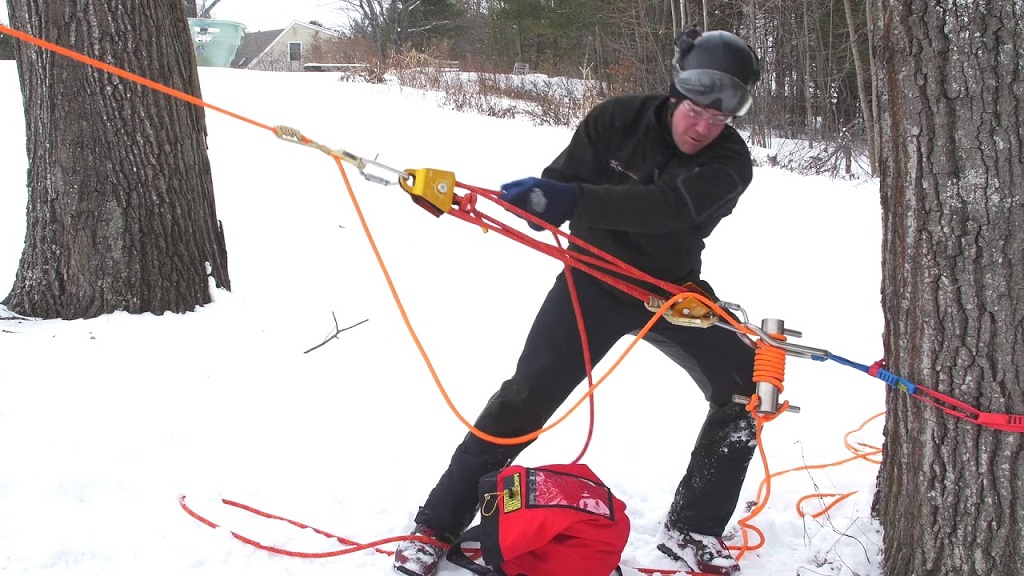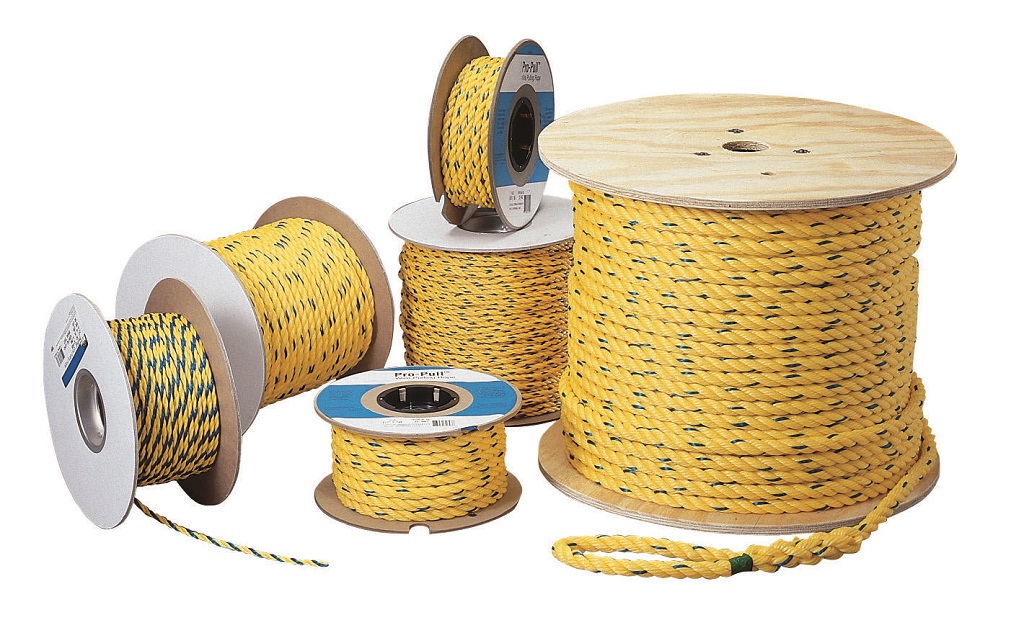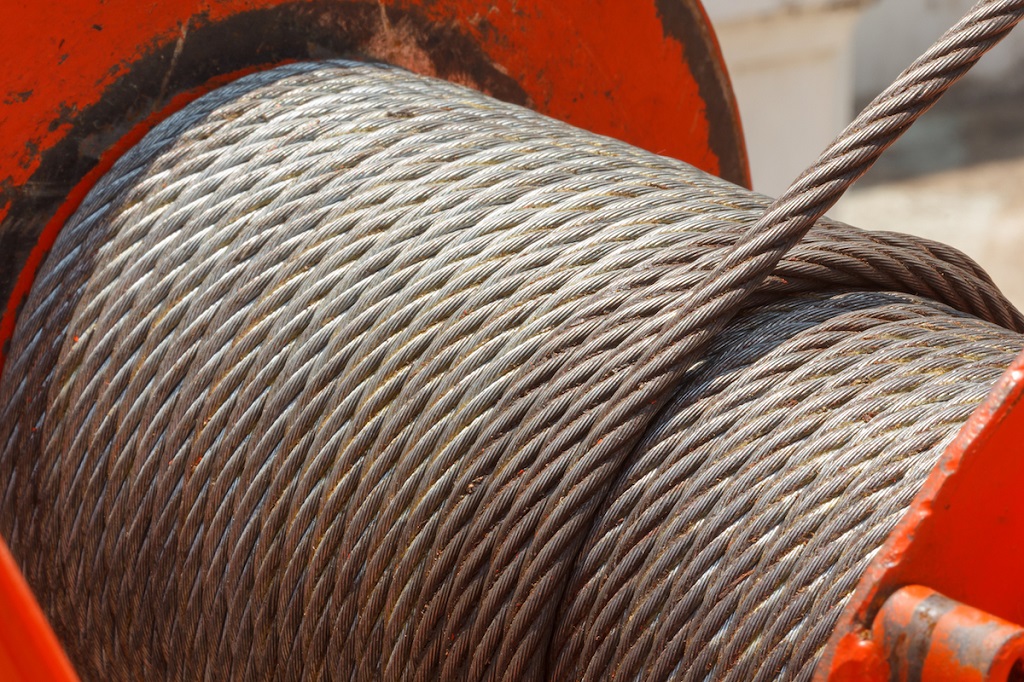
If you’ve ever been involved in cable pulling, you know that it’s a task that requires the right equipment. Among the essential tools for this job is the rope used for pulling cables. However, choosing the best rope for cable pulling can be more complicated than it seems. Various factors come into play, and the choice you make can significantly impact the success of your cable pulling operation. In this article, we’ll delve into the world of cable pulling ropes, exploring the different types available and what factors you should consider when making your selection.
Understanding the Basics
Before we dive into the specifics of cable pulling ropes, let’s establish some fundamental knowledge. The best rope for cable pulling depends on several crucial factors:
1. Cable Size and Weight
When choosing a tree pulling rope, it’s important to consider the size and weight of the tree pulling cable. Matching the rope’s strength with the cable’s weight is crucial to ensure safe and efficient pulling. Additionally, different cables have varying degrees of heft, so it’s important to choose wisely.
2. Pulling Distance
The distance over which you need to pull the cable plays a significant role in your rope selection. Some ropes are better suited for longer distances, while others excel in tight spaces. It’s crucial to evaluate your specific pulling needs.
3. Working Environment
The environment in which you’ll be conducting the cable pulling work also matters. Are you working outdoors, where the rope may be exposed to the elements, or in a wet or oily area? Your rope should be resistant to the conditions it will encounter.
Types of Ropes for Cable Pulling
Now that we’ve covered the fundamental considerations let’s explore some of the most popular ropes used for cable pulling:
Double-Braided Polyester Rope
Double-braided polyester rope is a top choice for heavy-duty cable pulling applications. It’s known for its strength, durability, and abrasion resistance. Despite its robust qualities, it remains relatively lightweight and easy to handle, making it ideal for demanding tasks.
Polyethylene Rope
Polyethylene rope is another strong and durable option. What sets it apart is its lightweight and flexibility, making it suitable for pulling cables over long distances or through tight spaces. This rope’s versatility can be a significant advantage.
Nylon Rope
Nylon rope is stretchy and has excellent shock absorption properties. These characteristics make it a suitable choice for pulling cables over uneven surfaces. Additionally, nylon rope is relatively inexpensive, which can be appealing for those on a budget. However, it’s not as strong as polyester or polyethylene rope, so it’s not recommended for heavy-duty applications.
Key Factors for Rope Selection
With the types of ropes in mind, let’s delve deeper into the essential factors to consider when selecting the best rope for cable pulling:
1. Breaking Strength
The breaking strength of a rope is the maximum weight it can support before breaking. It’s crucial to choose a rope with a breaking strength greater than the cable’s weight to ensure safety during the pulling process.
2. Diameter
The rope’s diameter should provide a good grip for the pulling device while still being manageable in tight spaces. An overly large diameter can hinder your ability to navigate through confined areas.
3. Length
Ensure that the rope’s length is sufficient to cover the entire distance the cable needs to be pulled. It’s also wise to have some extra rope on hand in case of unforeseen challenges or needs.
4. Environmental Considerations
If you’re working in challenging conditions, such as outdoor environments or wet and oily areas, opt for a rope that’s resistant to these elements. Choosing the right material can prolong the life of your rope.
Tips for Cable Pulling
Now that you’re equipped with knowledge about selecting the best rope, here are some additional tips for a successful cable pulling operation:
- Use a pulling device specifically designed for the size and weight of the cable you’re working with.
- Lubricate the rope with a cable pulling lubricant to reduce friction and make the pulling process smoother.
- Avoid overloading the rope; excessive tension can lead to breakage.
- Consider using guide rollers to help navigate tight spaces or uneven surfaces.
- Maintain awareness of your surroundings to prevent tripping hazards during the operation.
Conclusion
Choosing the best rope for cable pulling is a critical decision that can significantly impact the success and safety of your cable pulling operation. By considering factors such as cable size, pulling distance, and working environment, you can make an informed choice. Remember to match the rope’s breaking strength and diameter to your specific needs, and always prioritize safety.
Now that you’re well-informed about cable pulling ropes, you’re ready to tackle your next cable installation project with confidence.
FAQs
Q1: Can I use nylon rope for heavy-duty cable pulling?
No, nylon rope is not recommended for heavy-duty cable pulling. It lacks the strength of polyester or polyethylene ropes and may not withstand the load.
Q2: What should I do if my rope shows signs of damage?
If you notice any damage to your cable pulling rope, it’s essential to replace it immediately to prevent accidents during the pulling process.
Q3: How do I determine the right diameter for my cable pulling rope?
The rope’s diameter should provide a good grip for your pulling device while remaining manageable in tight spaces. It’s a balance that depends on your specific needs.
Q4: What is the significance of using a cable pulling lubricant?
Using a cable pulling lubricant reduces friction, making it easier to pull cables through the chosen rope. It helps ensure a smooth and efficient pulling process.
Q5: Are there any safety precautions I should take during cable pulling?
Yes, always be aware of your surroundings, and watch for tripping hazards. Using proper equipment and techniques is essential for a safe cable pulling operation.



